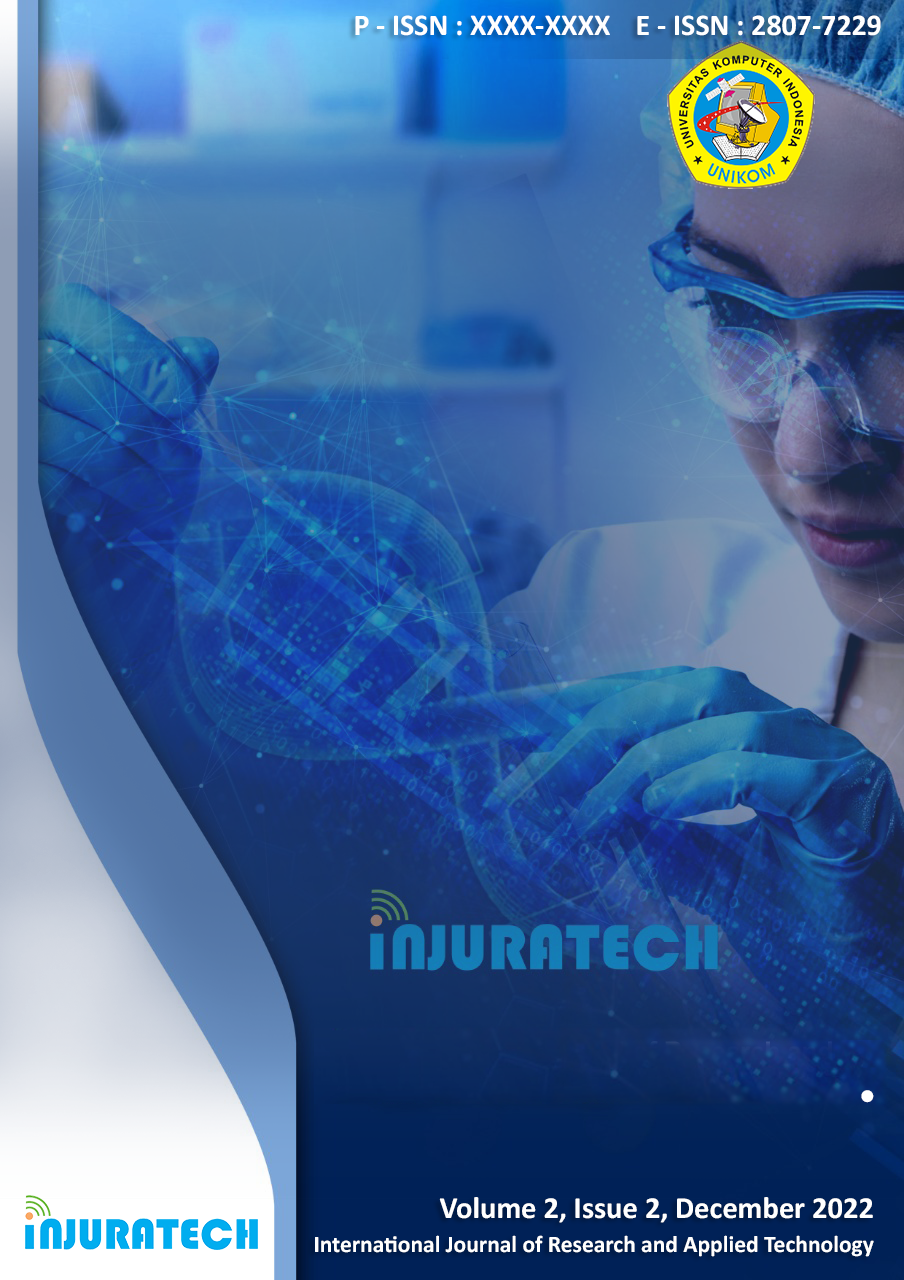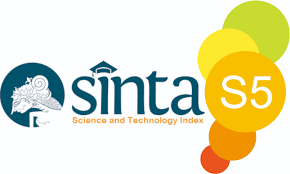Optimization of Learning Through E-Learning Applications in The Covid-19 Pandemic
DOI:
https://doi.org/10.34010/injuratech.v2i2.6937Keywords:
E-Learning, Applications, Covid-19 PandemicAbstract
Education is a conscious effort to develop personality, guide the abilities and education of students, both formal and non-formal. Currently, education in Indonesia is entering the 4.0 era, technological developments during the Covid-19 pandemic have become business opportunities, including in the field of education such as tutoring (BIMBEL). This study aims to analyze the optimization of learning programs through the Zenius e-learning- based application which is often used by students, especially during the Covid-19 pandemic , where this is one of the implementations of using technology as an educational tool developed through e-learning . This study uses a literature study method obtained from journals, and other supporting data from various studies and research results that are relevant to optimizing the Zenius application. The results of this study are that it can be seen how optimal the procurement of e-learning sites is as a means to maximize distance learning for students, especially during the current Covid-19 pandemic . This can be known through the process of studying literature through digital media which will be carried out by the public in order to get the desired results regarding the platform of the e-learning . The benefits of this research include being able to review how optimal the e-learning platform is to facilitate students in maximizing distance learning during pandemic conditions like today, so that it can be seen to what extent it is running quite optimally. Thus, the conclusion of this study is that by utilizing technology to maximize distance at this time is effective, because with the existence of sites or renewable features regarding e-learning, it can make the teaching and learning process can be carried out without being constrained by space and time.
References
[2] Mohd Satar, NS, Morshidi, AH and Dastane, O., 2020. Success factors of e-Learning satisfaction during the COVID-19 pandemic lockdown. International Journal of Advanced Trends in Computer Science and Engineering, ISSN, pp.2278-3091.
[3] Hindun, I., Husamah, H., Nur Widodo, N., Fatmawati, D. and Fauzi, A., 2021. E-Learning during the COVID-19 Pandemic: Does Teacher Work Cognition Challenge and Metacognitive Awareness? . International Journal of Instruction, 14(3), pp. 547-566.
[4] Johnson, JB, Reddy, P., Chand, R. and Naiker, M., 2021. Attitudes and awareness of Pacific Islands regional students towards e-learning. International Journal of Educational Technology in Higher Education, 18(1), pp.1-20.
[5] Roza, L., Aulia, N. and Zulherman, Z., 2021. Analysis of e-learning utilization using statistical data on users of educational startup applications during the COVID-19 pandemic. Indonesian Journal of Science Education, 9(3), pp. 407-420.
[6] Marlina, B., 2021. Utilization of the Learning House Portal for Online Learning Media in the Era of the Covid-19 Pandemic . Journal of Teaching and Learning Media Innovation, 1 (2), pp. 142-151.
[7] Mulyono, S., Rahmaniah, R., Syaharuddin, S., Pramita, D., Gunawan, H., Subakti, H., & Rosada, R., 2021. Analysis of the Utilization of 12 E-Learning Cooperation of the Ministry of Education in Educational Institutions During the COVID-19 Pandemic. Journal of Educational Technology Research and Innovation (Jartika) 4.2 (2021): 247-254.
[8] Supriyadi, A. and Suratmoko, B., 2021. Training on Making E-Learning-Based Learning Media for Teachers in Out-of-school Educational Institutions. PengabdianMu: Scientific Journal of Community Service, 6 (2), pp.140-145.
[9] Denata, W. and Honni, H., 2018. E-Learning Application for KUMON Tutoring. JBASE- Journal of Business and Audit Information Systems , 1 (2).
[10] Krisna, E. and Winduwati, S., Guidance Institutions Communication Strategy in Maintaining Customer Loyalty During the Covid-19 Pandemic (Case Study on Timothy's Tutoring, Cengkareng, West Jakarta). Prologia, 5 (2), pp. 313-322.
[11] Agustin, N. and Febianti, YN, 2021. Empowerment of Dusun Cimuda Students in Mathematics Learning through Tutoring during the Covid-19 pandemic. JAMU: UMUS Community Service Journal, 2 (01), pp.41-46.












